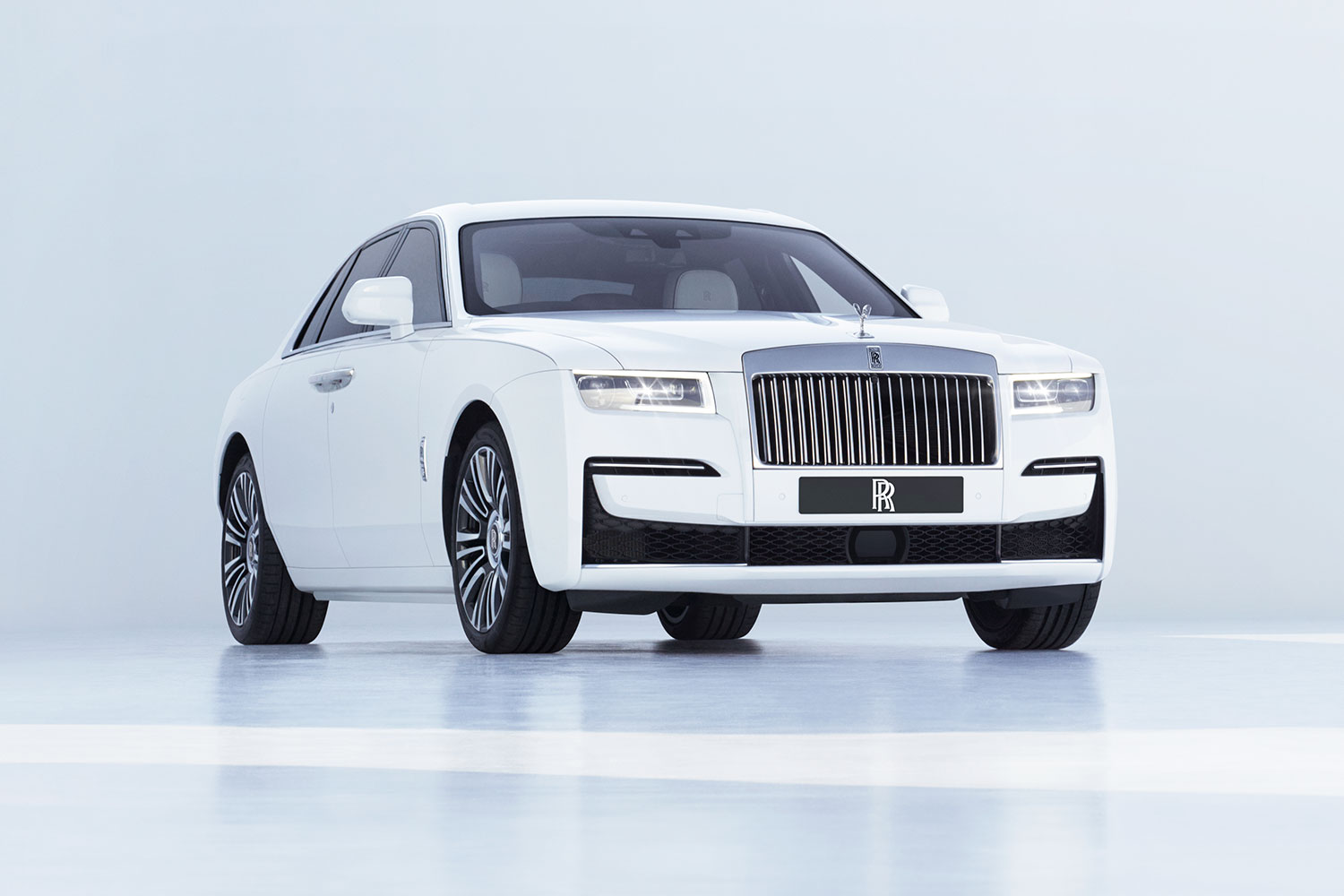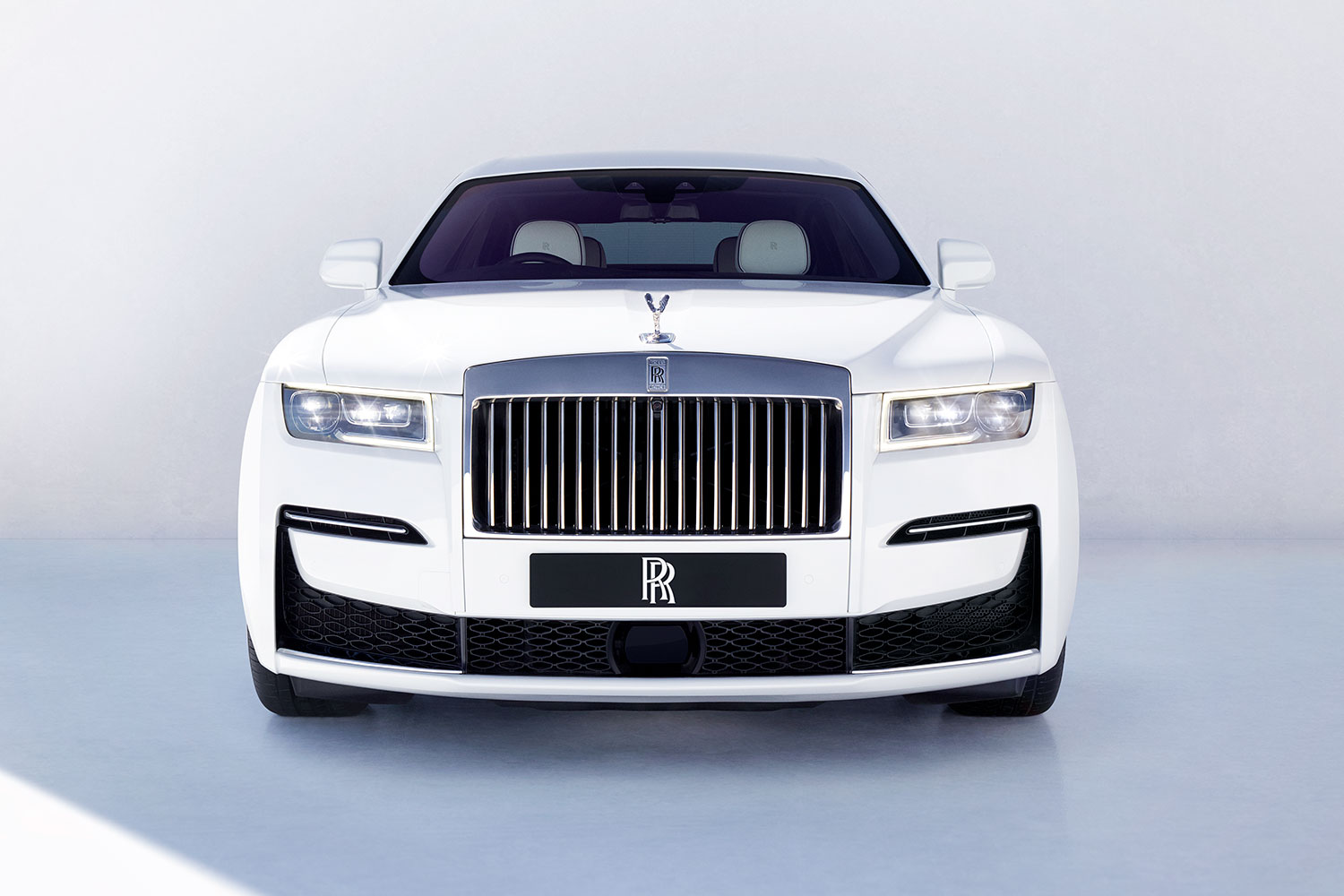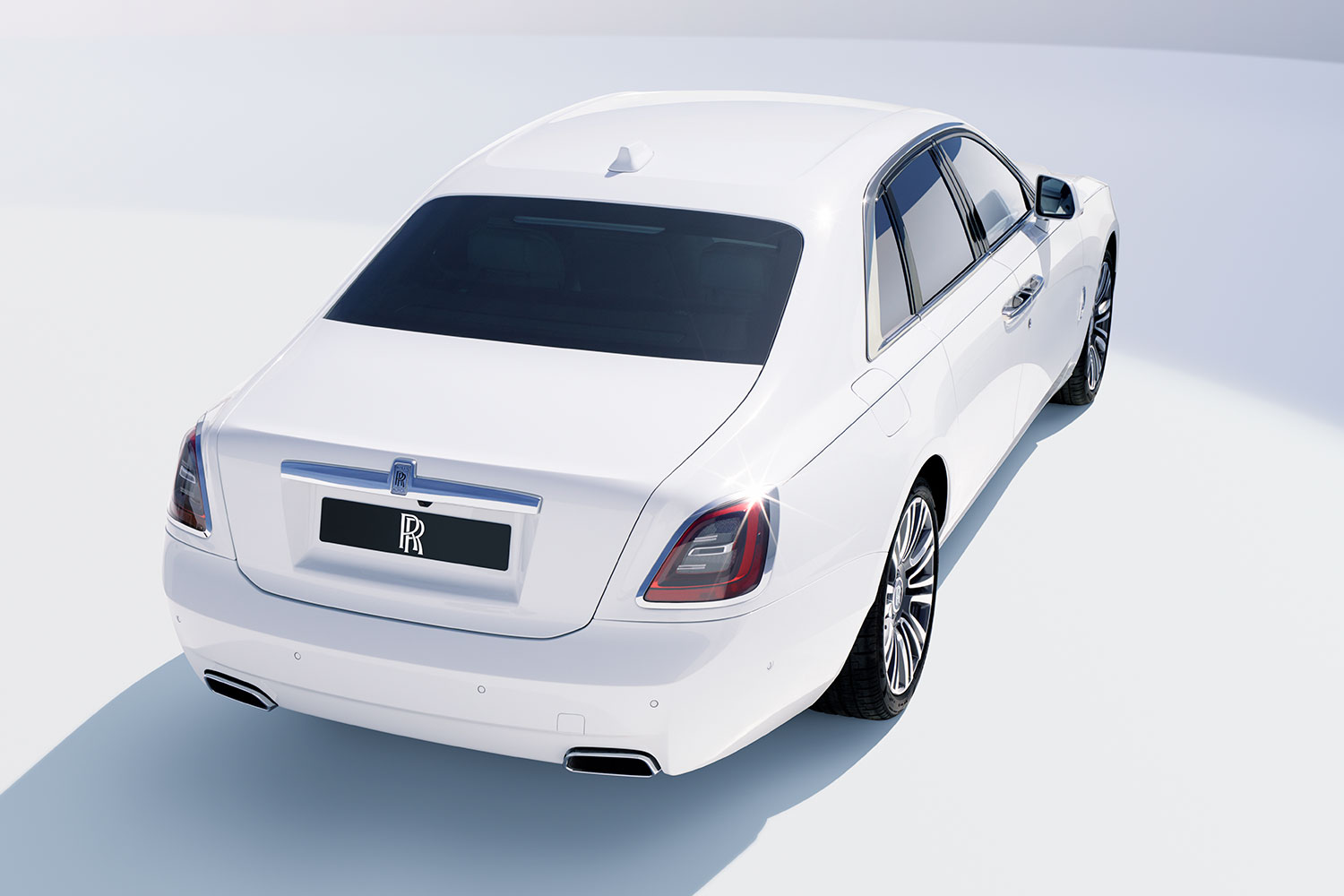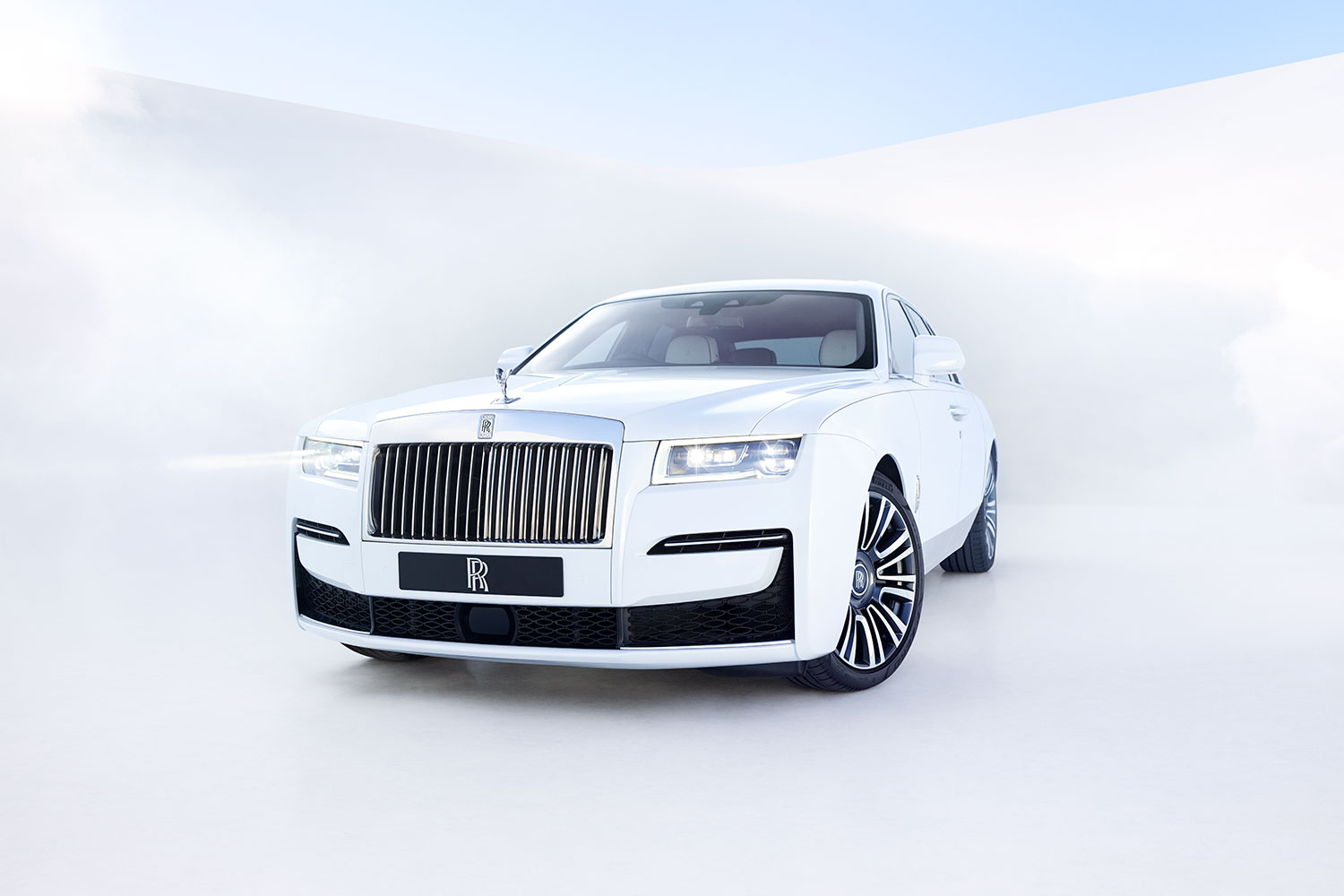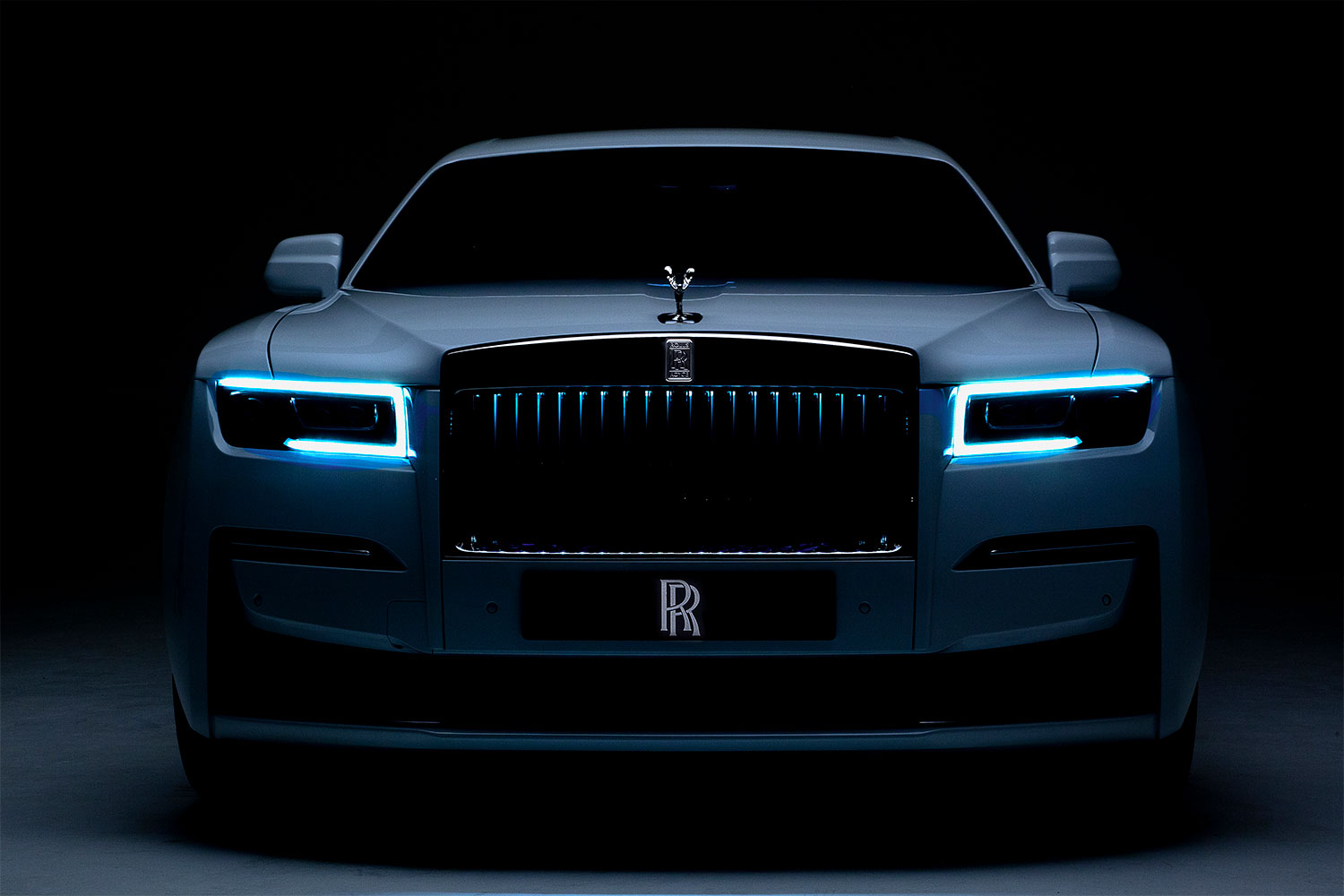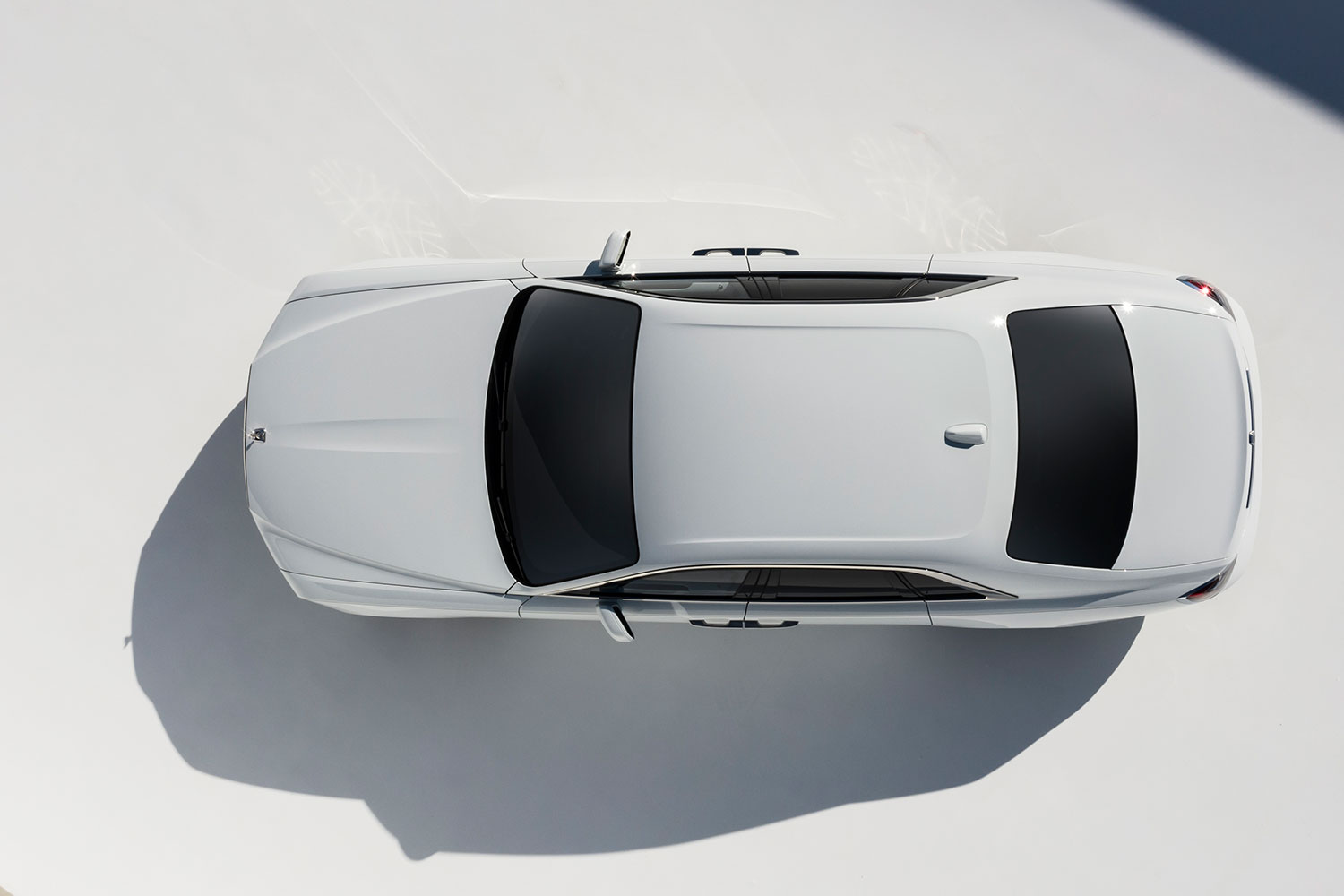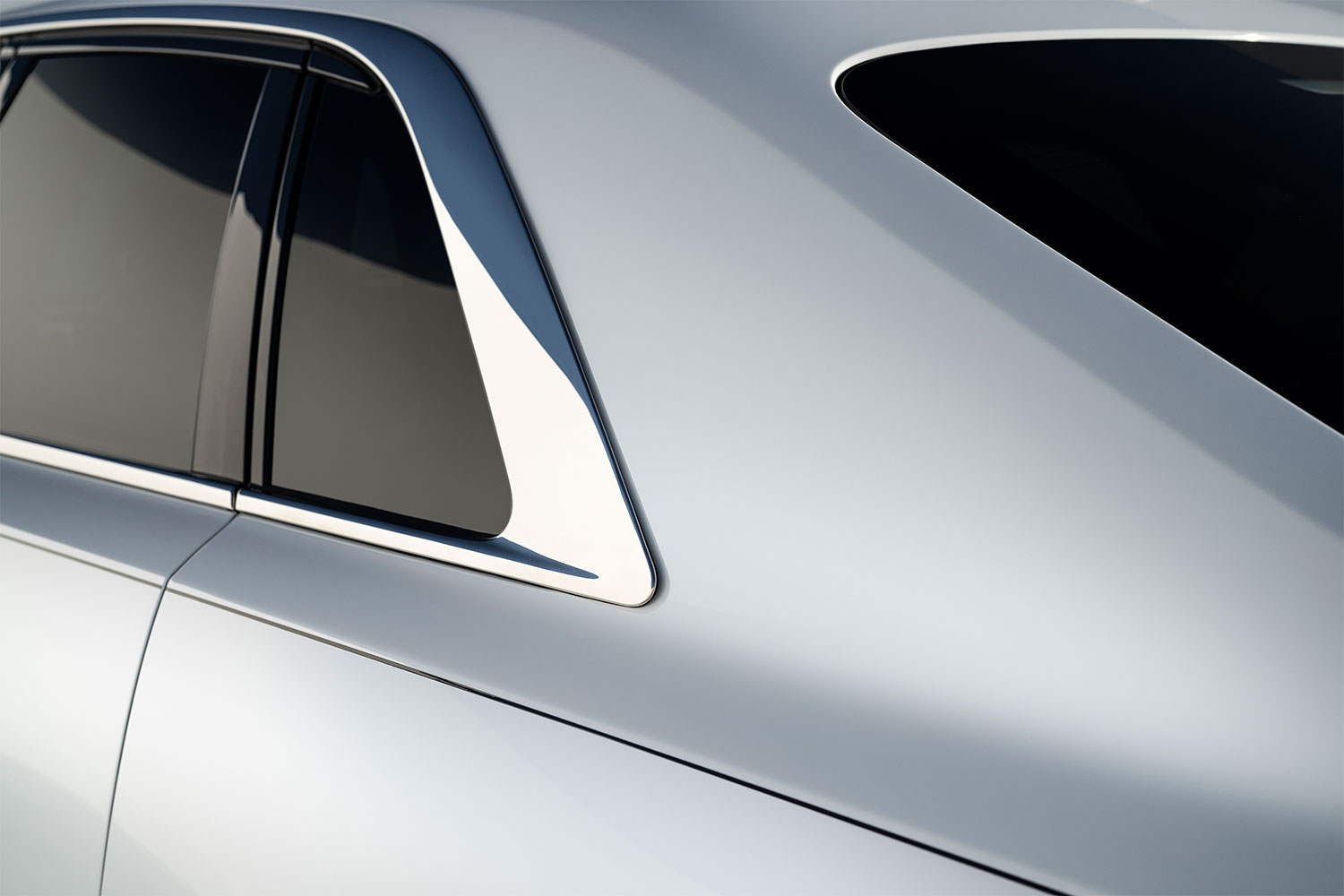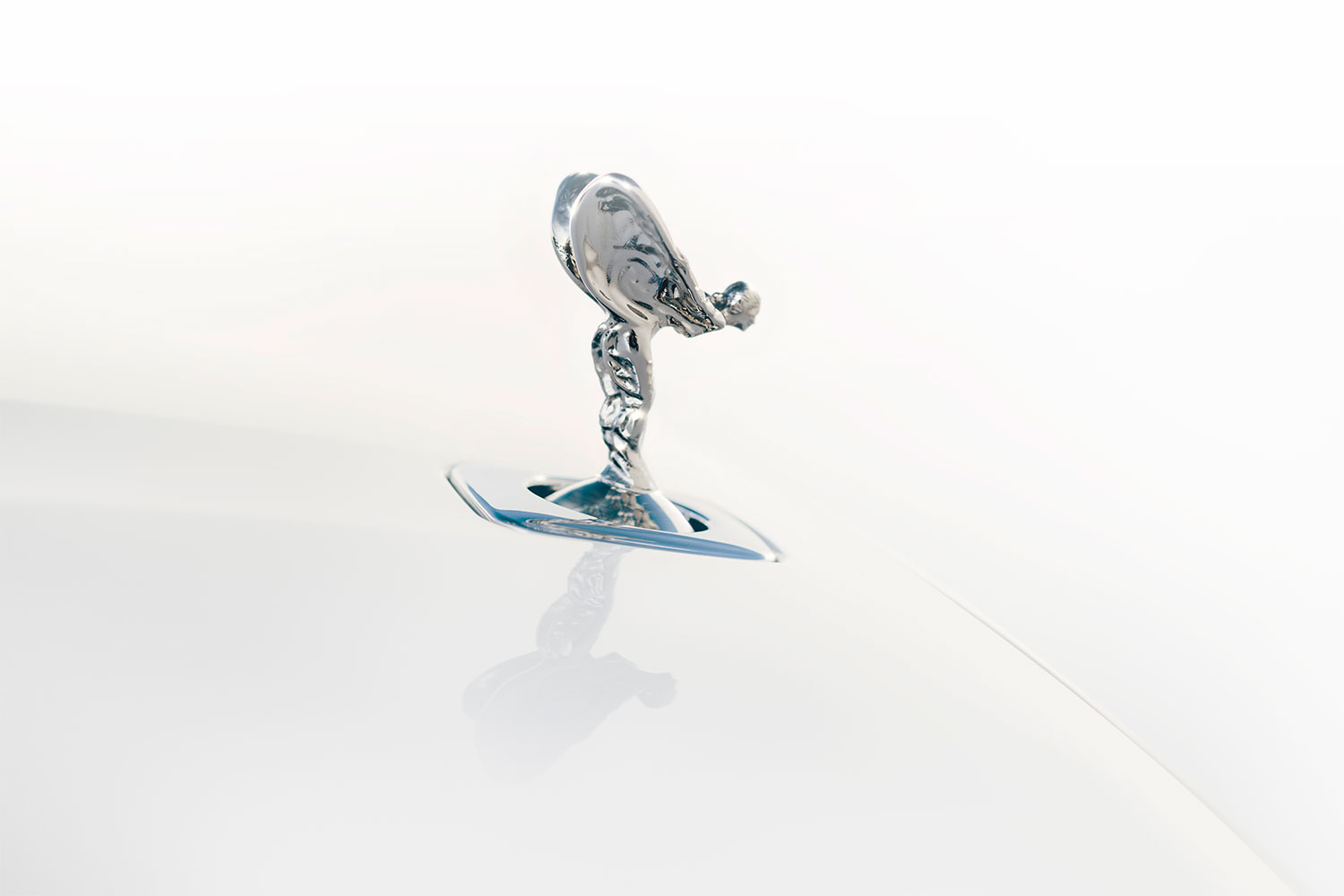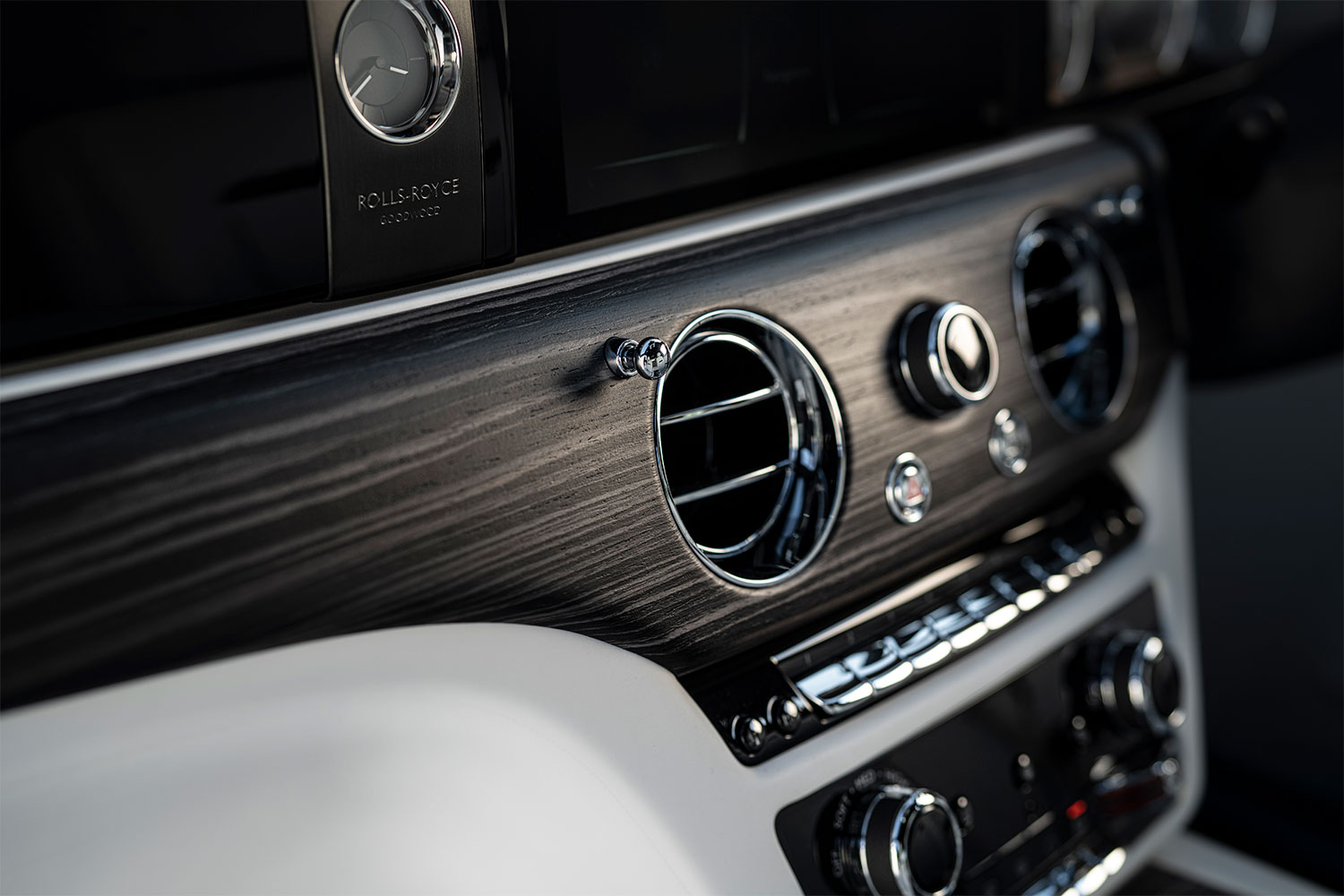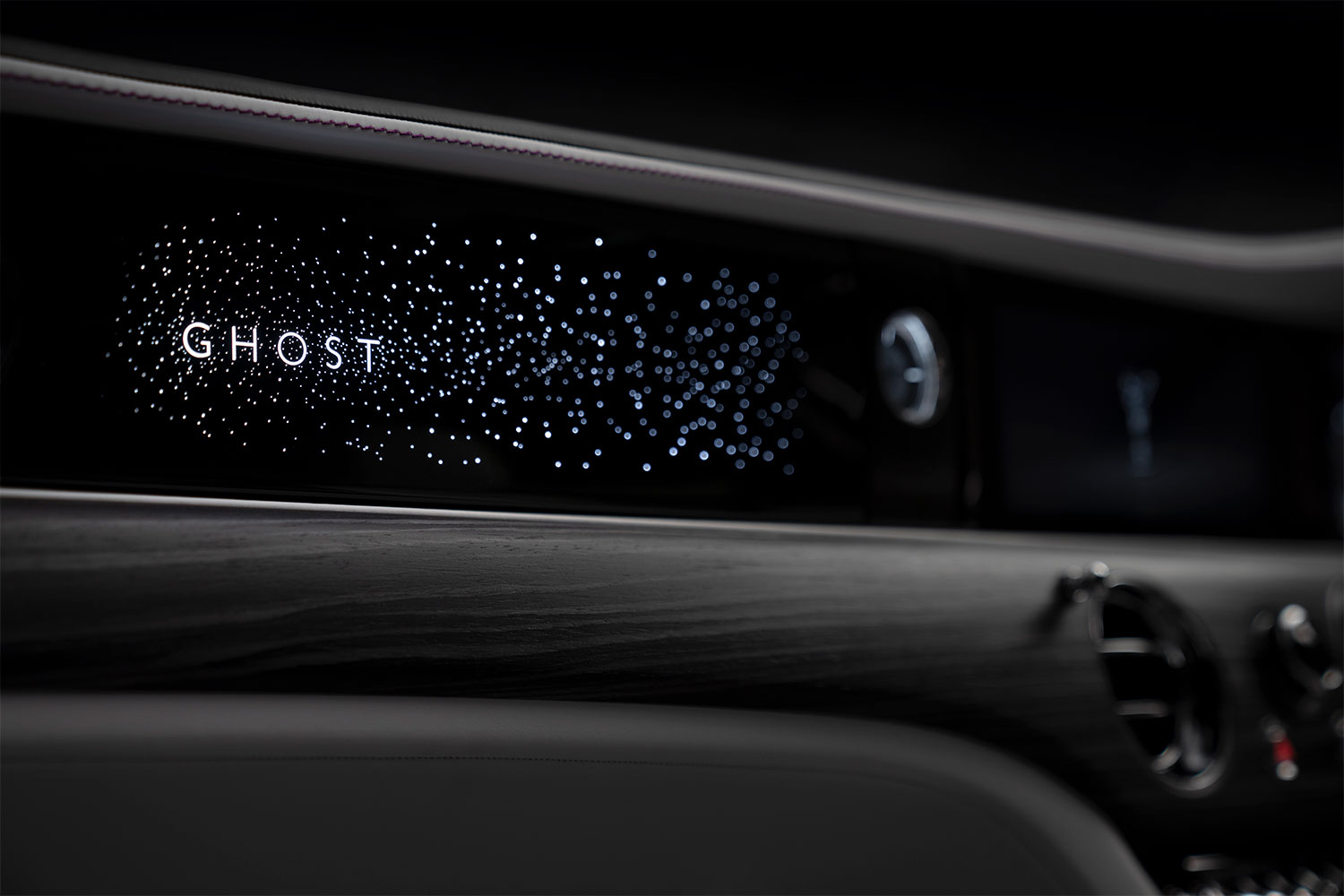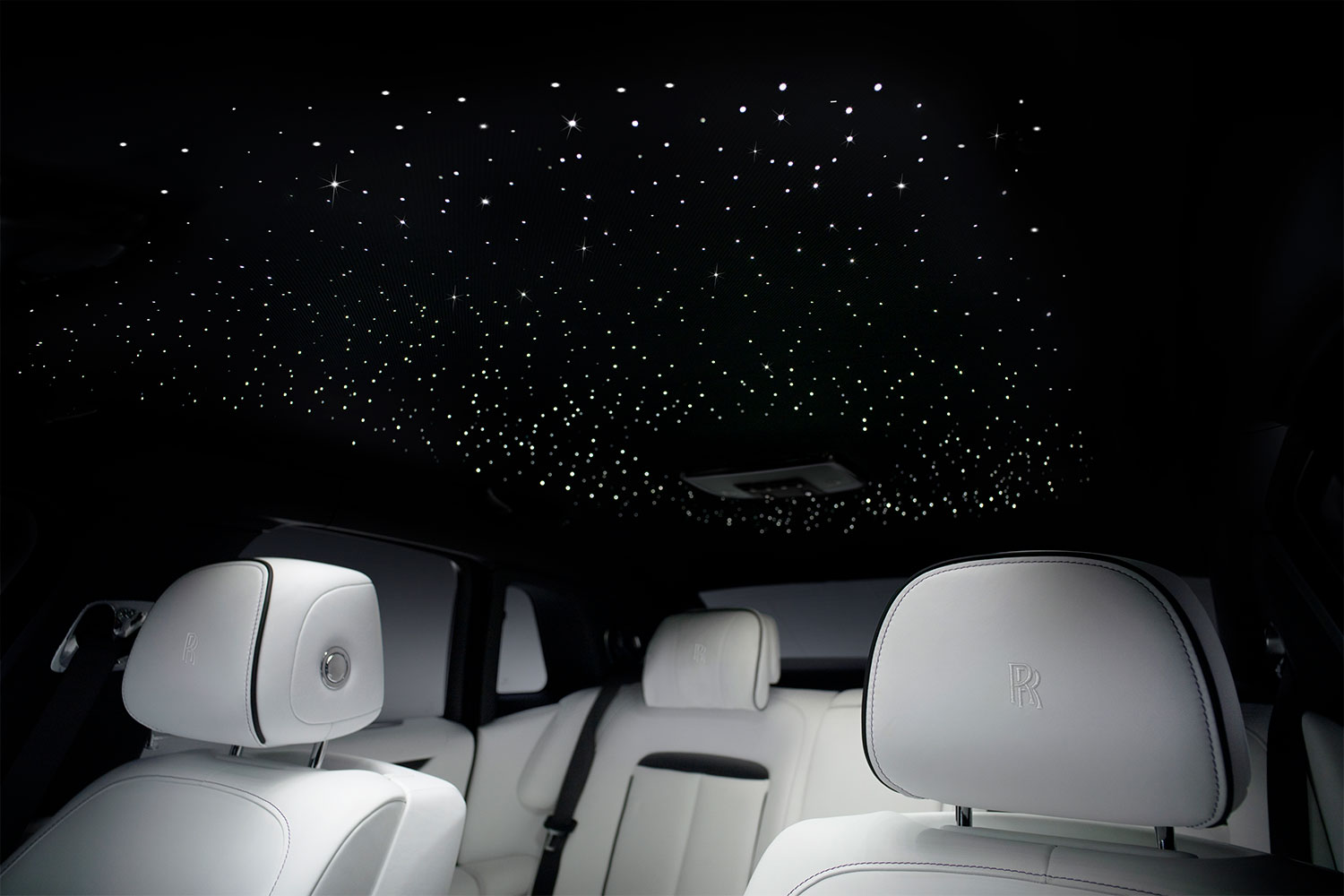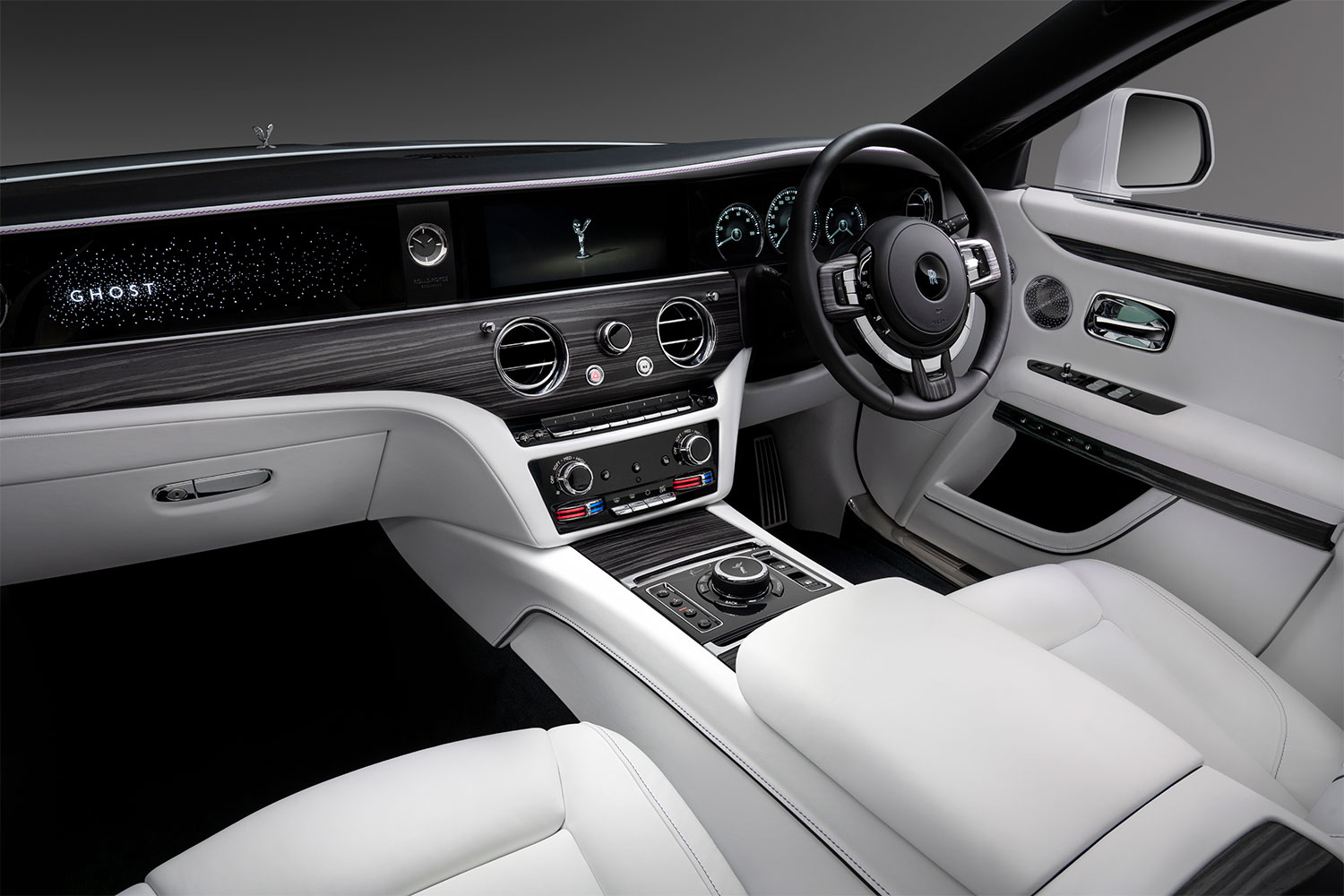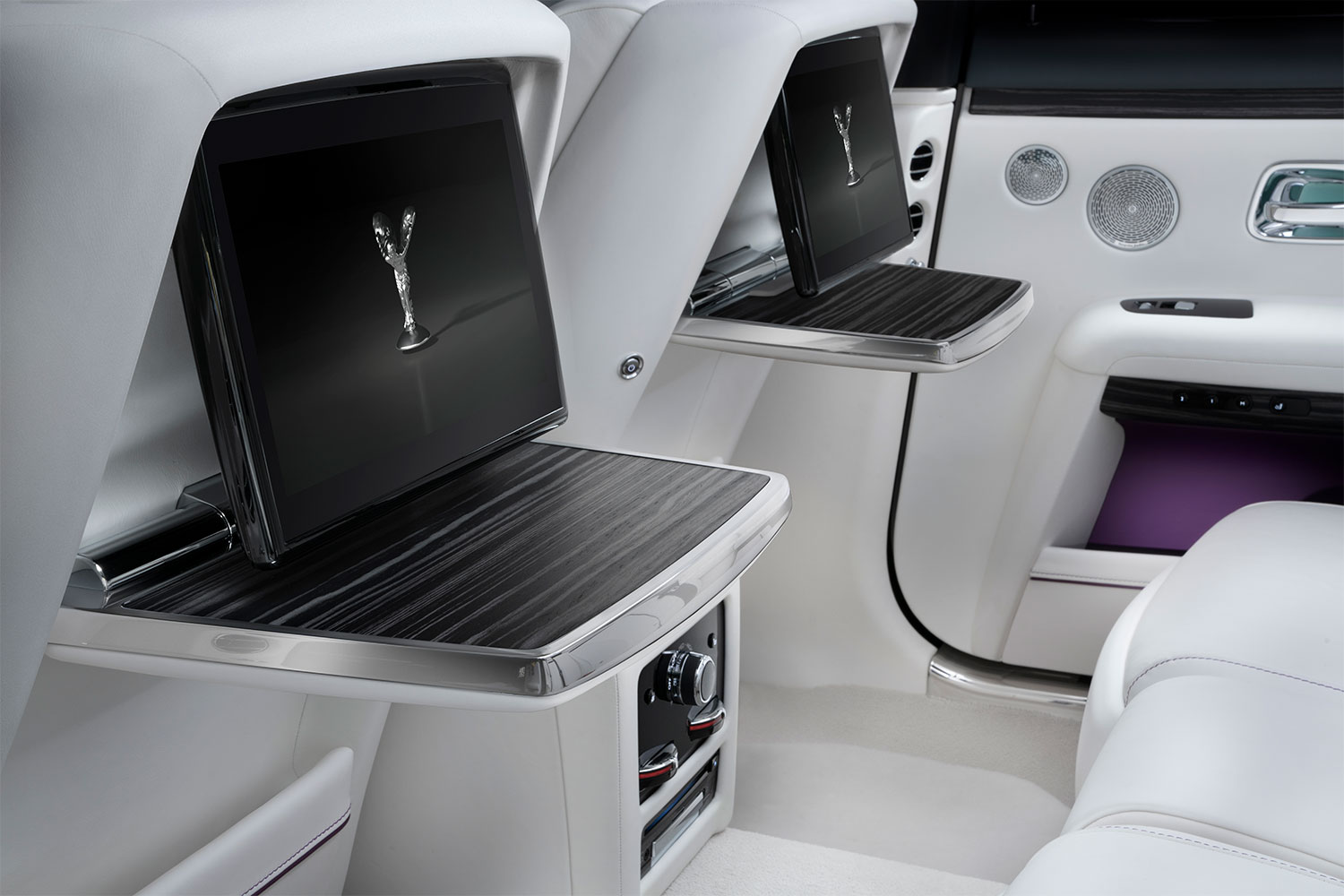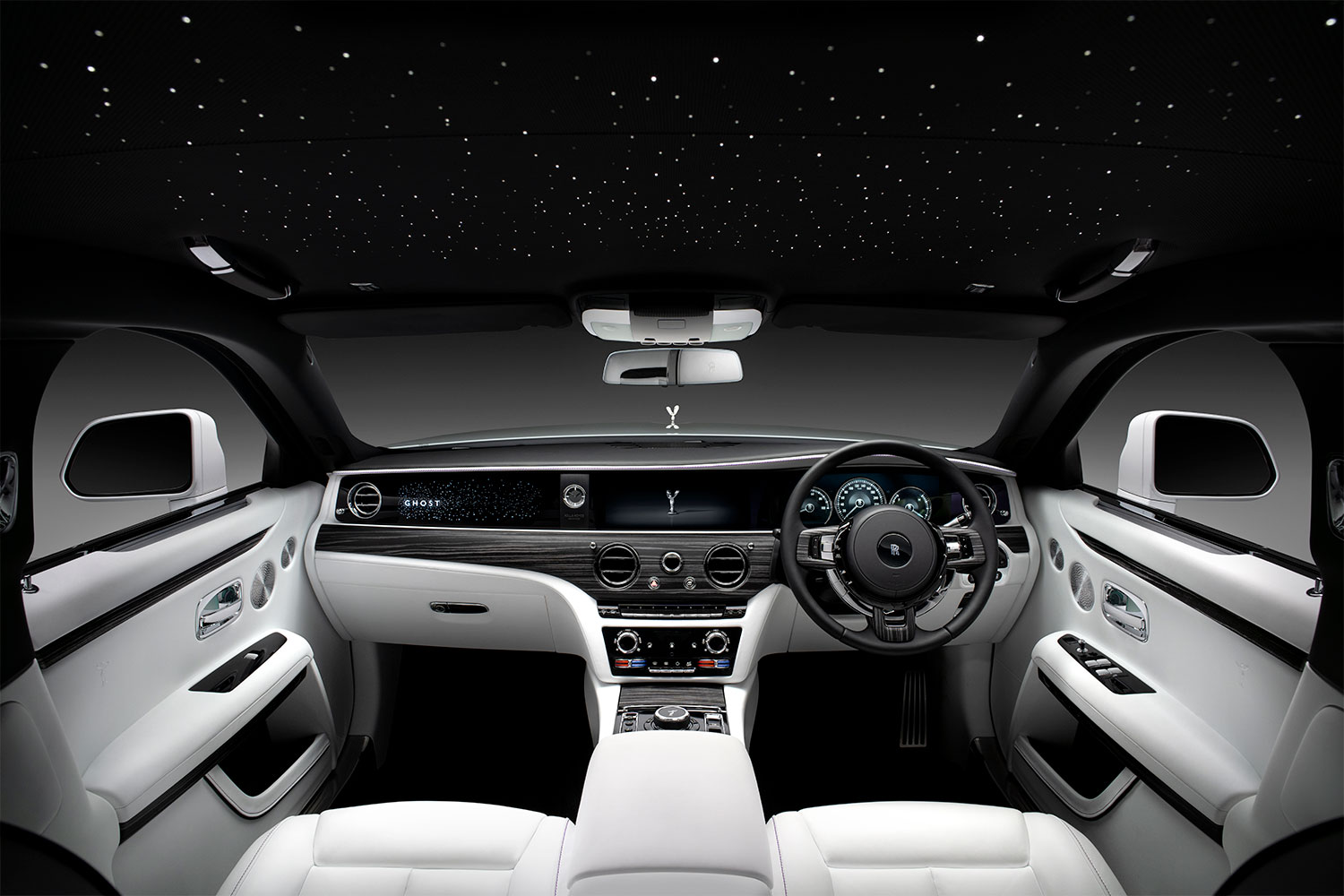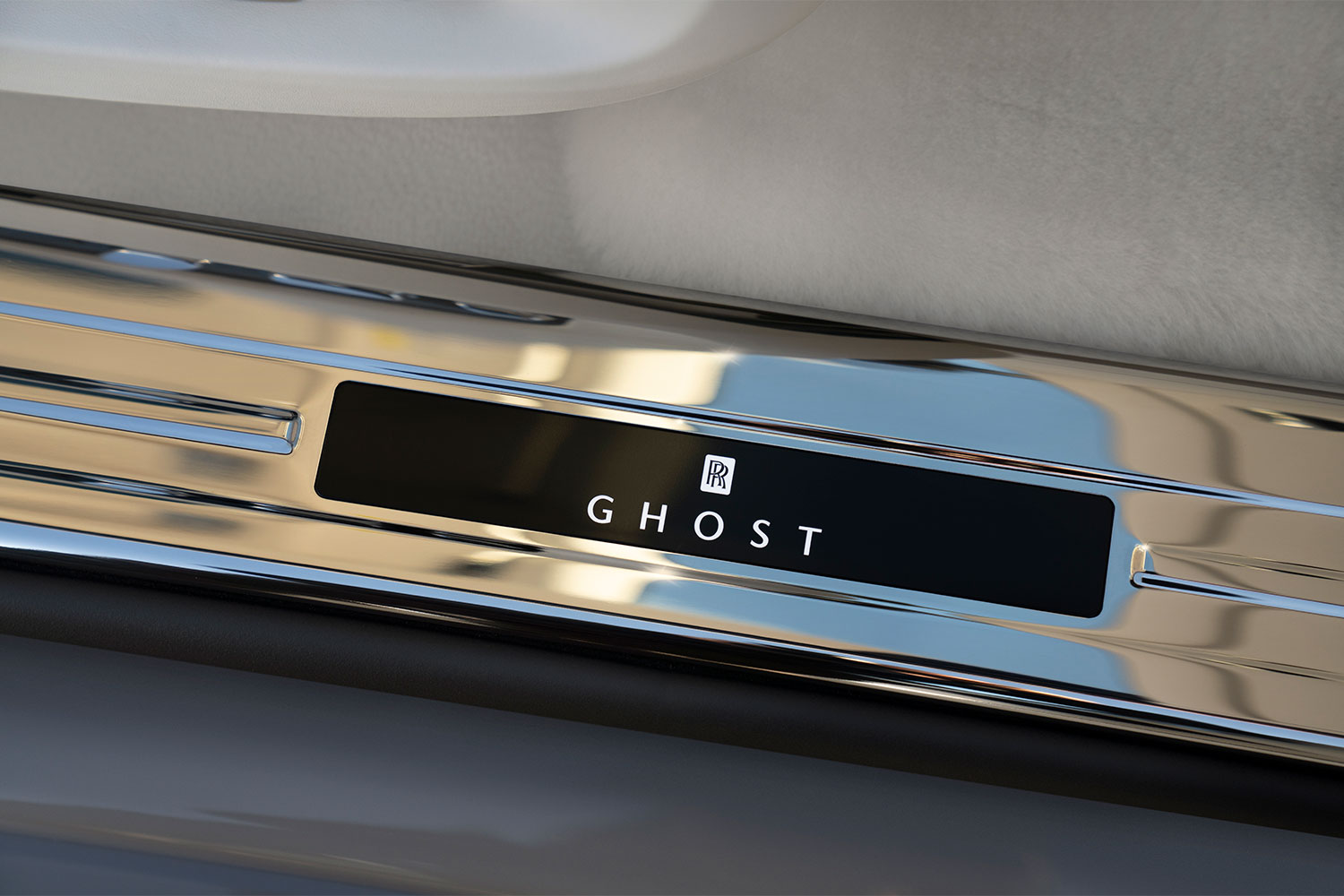The term “entry level” never feels as dirty as when referring to a Rolls-Royce, yet the phrase fits the Ghost sedan perfectly.
Serving as a first step into one of the world’s most exclusive brands, the Ghost is burdened by expectation. Since its inception in 2009, the Ghost has welcomed new, younger customers to Rolls-Royce who might otherwise have been steered towards other, lesser luxury vehicles. But 11 years on, the Ghost is in need of an overhaul to retain its appeal in the ultra-premium sector.
Enter the all-new Ghost. Dubbed the most technologically advanced model in the company’s 116-year history, the reborn sedan seeks to shrug off superficial expressions of wealth while treating passengers to the same effortless comfort that hallmarks a Rolls-Royce.
Riding on the same aluminum space-frame platform that underpins the flagship Phantom and Cullinan SUV, the Ghost utilizes both all-wheel drive and all-wheel steering to add dynamics and stability to the posh equation. To improve upon the company’s “Magic Carpet Ride” quality, the Ghost features a new Planar suspension system prompted by a forward-facing camera that scans for road imperfections.
At the heart of this new Ghost is a 6.75-liter twin turbocharged V12 engine producing 563 horsepower and 627 pound-feet of torque. If that potent powertrain sounds like it might disrupt cabin serenity, fret not – the air intake system filters much of the engine noise. To optimize smoothness of power delivery, a satellite-aided transmission selects the appropriate gear based on GPS data.
Design evolves carefully, with a minimalist approach throughout. The hand-welded aluminum structure is devoid of shut lines, affording a flowing physique. The pantheon grille is wider and accentuated by 20 LEDs, giving the car presence at night and emphasizing its wider proportions. A single character line runs from nose to tail, while Rolls-Royce’s squared LED taillights now tilt slightly forward and are unbordered by shut lines.
Inside, the new Ghost maintains the minimalist philosophy while integrating sophisticated technology. New open-pore wood designs pair with 338 panels of carefully selected leather hide. A dazzling illuminated fascia echoes Rolls-Royce’s now famous Starlight Headliner with a highlighted “Ghost” nameplate surrounded by 850 stars. The effect is made possible by 152 LEDs positioned beneath the fascia and controlled by a 2mm thin light guide. Rear passengers aren’t left to envy, however, with Rolls-Royce’s first application of power operated closing and opening doors. By pulling on the handle, passengers can choose how wide to open the door before exiting the vehicle. Once outside, they can simply press a button on the exterior handle to automatically close the rear doors.
Indeed, no part of the new Ghost sounds entry-level, yet we expect the second-generation sedan to remain Rolls-Royce’s best-selling model and invitation to many first-time buyers.
